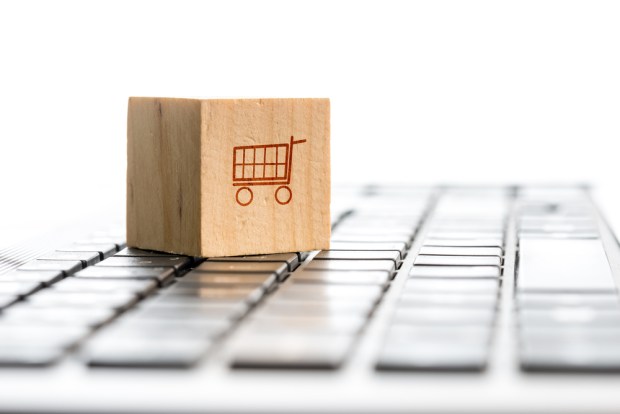Automating The Counterfeit Crackdown

A growing online marketplace introduces a growing set of challenges for those who manage it. As the number of SKUs available on the site increases, so does the difficulty of keeping tabs on all those items, making it easier for less reputable sellers to slide sketchy products under the radar.
Most marketplaces want to maintain a good reputation with buyers, sellers and regulators by keeping their site clear of counterfeit merchandise and ensuring that health products don’t get sold across borders where some of their ingredients may be controlled.
The real challenge is how to balance strong growth with strong oversight. Past a certain point, doing so manually just isn’t going to work anymore. Jewel Paymentech Founder and CEO Sean Lam said that’s why the startup created a real-time API to detect counterfeits, illegal pharmaceuticals and any other “dodgy” products that marketplaces may not want on their virtual shelves.
Lam explained that details on uploaded pictures, pricing and product descriptions are streamed from the seller upload page to Jewel’s service, where a processing unit combs through the data for red flags. Then, a real-time score is delivered to the marketplace manager, showing the probability that the listed goods are counterfeit or contain controlled substances.
Lam said Jewel traces the origins of items to determine whether they are legitimate or counterfeit. He explained that a Singaporean seller probably isn’t manufacturing his own counterfeit goods; he would have to buy his products from a supplier, likely in a foreign country. Jewel compares marketplace listings with images and data from known dodgy suppliers to weed out low-hanging counterfeit fruit.
On top of that, he said the startup’s proprietary tech can fingerprint sellers to identify ones who are doing illicit business from outside the country. This fingerprint lets Jewel recognize users who have been banned who may be trying to sneak back into the marketplace by opening a new account.
It’s up to individual marketplace managers to decide what to do with the risk probability score, said Lam. They can opt to prevent the product from being uploaded or simply place it in a holding pattern for manual review. Then, once someone has taken a closer look at the suspicious product, a decision can be made around whether to remove the product and/or terminate the seller’s account if the issue is recurring.
Lam said managers can remove unapproved products from the marketplace directly via the dashboard that Jewel Paymentech provides.
He said the ability to automate review processes like this is becoming more and more important in Asia, particularly, as eMarketplaces are growing rapidly in that region. With tens of thousands of SKUs being uploaded to marketplaces daily, recruitment can’t keep up with the demand for enough human capital to power manual risk assessment.
